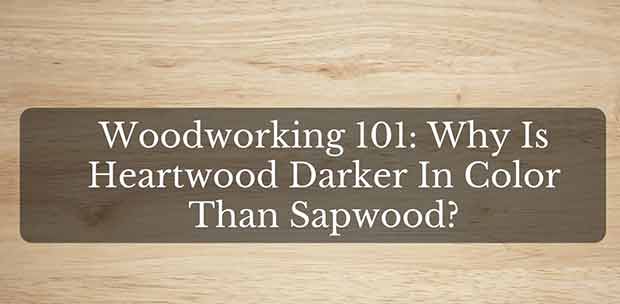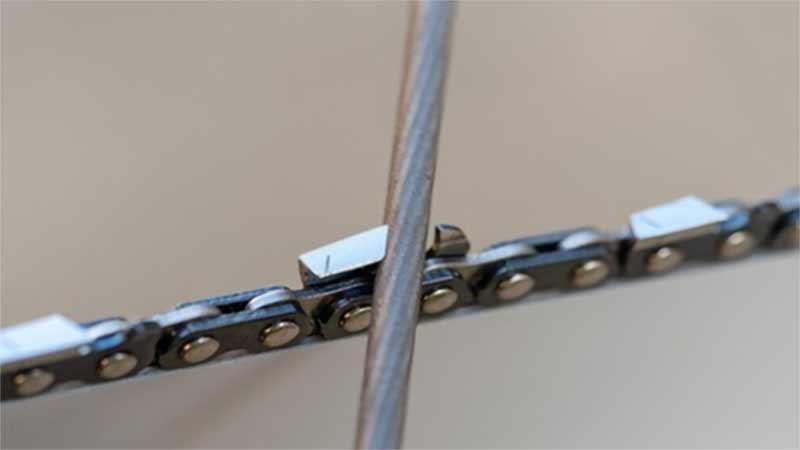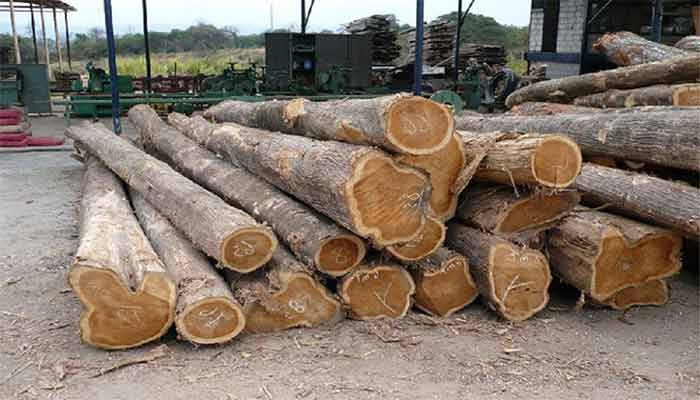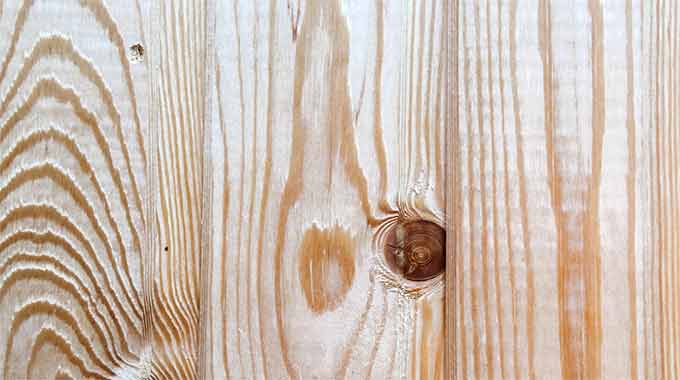As part of the essential woodworking skills and tricks, basic knowledge about the structure of woods more so the internal structure is important to good craftsmanship. With a sound knowledge of wood and its structural design, you are able to make informed decisions when choosing the best wood for your woodworking projects.
Majorly, a large percentage of woodworkers get confused about the sapwood and heartwood. An even greater confusion lies in the question, why is heartwood darker in color than sapwood. Well, before we answer why, we should first discuss what heartwood is and what sapwood is.
Table of Contents
Woodworking 101: Defining Heartwood and Sapwood
Heartwood is the central supporting core of a tree. It comprises of dead tissues that no longer transports water and nutrients to the branches and leaves but still serves as an important support system of a living tree. Although the heartwood is usually considered dead, it does not become weak nor decay as long as the protective outer layers of the tree remain intact and undamaged.
Sapwood, on the other hand, is a layer situated just inside the cambium layer. This layer comprises of the youngest wood in the tree and is responsible for transporting water and nutrients from the roots to the leaves and other parts of the tree.
Formation and Location
In a tree structure, there are cells called the cambium cells. These cells are located inside the phloem layer of the tree, and they are what form the water layer cambium which is the thinnest layer of the tree. Cambium cells keep multiplying during the growth of the tree and are responsible for the increase in diameter of the trunk, roots, and branches.
Primarily, new sapwood is usually formed by the cambium cells. As the new sapwood forms, the inner layer of the tree dies and thus becomes the heartwood. Therefore it is worth noting that heartwood is the innermost layer, the core of the tree while the sapwood is the outermost softer layer of the tree.
Appearance
When heartwood is formed, the sapwood cells present in this region die and starts to ill with tannin, resins, and other extractives that tend to make it darker in color and more resistant to decay and other microorganisms from the surrounding environment. As the cells ill the vessels in this part become blocked and stops carrying sap to other areas of the tree.
Its growth rings distinguish heartwood; these rings appear to be darker and richer than the other layers of the tree. Sapwood on the other tends to be soft and lighter in color.
At this juncture, we can basically say that the reason why heartwood is darker than sapwood is that of the dead cells in the heartwood that mainly occur as a result of the aging process.
And while this may be true, there is also more to the difference in color between these two types of wood. For instance, other tree trunks display a darker sapwood than the heartwood. Why so? It is because of factors like injury and staining caused by certain microorganisms in the environment.
Which Part of The Stem is Best For Woodworking and Why?
Wood is a valuable material for construction, and the right type of wood is what will guarantee you of a greater outcome of the finished product.
Heartwood – From all indications, the heartwood is the dried-up part of the tree. The process of forming heartwood makes it strong and resistant to decay. Additionally, this formation also gives it a very rich dark brown color that is striking in furniture and other wood constructions.
Sapwood – It evident that sapwood is rich in moisture. While this may be a good thing for the living tree, it tends to have grave consequences in woodworking. The high moisture content in sapwood makes it more susceptible to decay and fungi infestation. Also, sapwood tends to shrink a lot when dried because it loses the moisture to dry up. This is obviously not a good thing for woodworking.
So which is better? There is not a definite answer for which is a better wood for woodworking since preference is individual-based. Also, certain projects may need sapwood to look better while others must use heartwood to achieve the desired results.
Comparing the two in a general perspective, heartwood is a much better wood to use in most constructions. For one reason, heartwood is more durable than sapwood; this is apparent from the fact that it is the heartwood that supports a living tree.
Secondly, heartwood generally has an aesthetic advantage over sapwood. The dark brown color of heartwood looks better in wooden constructions.
Thirdly, heartwood is more stable to work with than sapwood. Although to improve on stability sapwood can be processed to make it stronger and sturdy.
Last but not least, sapwood easily gets stained by fungus and other environmental elements which might end up compromising the appeal of a construction.
The Conclusion
From the information above, you realize that as a woodworker you need to know the difference between these two parts of wood for you to be able to choose one that is most appropriate for your type of project. Why is heartwood darker in color than sapwood? The answer is not complex biology; it is simple, the dark color of heartwood is because of the dead cells caused by the annual growth cycle of the tree.
Although heartwood is most preferred in most wooden constructions, this does not mean that sapwood cannot be used. You can make good use for sapwood by processing it to make it more stable and easy to work with. Also, consider these:
Using the right woodworking tools regardless of the type of wood you are working with
Also, learn to differentiate between these two kinds be sure of what you are choosing as your choice of wood for constructions
If you find this article insightful, then don’t hesitate to share it with friends and family. Also, leave a comment below for any questions you need to be answered.





